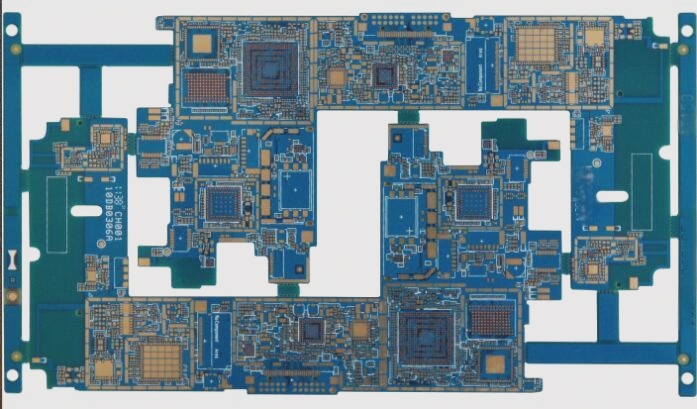Selective Welding Processes for PCBs
There are two main selective welding processes used in PCB fabrication: drag welding and dip welding.
Drag Welding Process
- Performed with a single small nozzle solder wave
- Ideal for tight spaces on PCBs like individual solder joints or pins
- Allows welding of a single row of pins
- Enhanced heat transfer efficiency compared to dip welding
- Requires solder temperature of 275℃ to 300℃ and drag speed of 10mm/s to 25mm/s
- Nitrogen supplied to prevent oxidation and bridge defects
- High precision and flexibility with modular structure design
Dip Welding Process
- Features multiple solder nozzles designed one-to-one with PCB welding spots
- Delivers output equivalent to traditional wave soldering at a lower cost
- Handles solder joints from 0.7mm to 10mm
- Reduces risk of bridging for short pins and small size pads
- Requires distance of over 5mm between adjacent solder joint edges, devices, and welding nozzles
Both processes offer unique advantages and are tailored to different welding needs in PCB manufacturing. While drag welding excels in heat transfer efficiency and precision, dip welding provides cost-effective solutions for stable welding of various solder joint sizes. Design engineers must carefully consider the specific requirements of their PCBs to choose the most suitable welding process.

